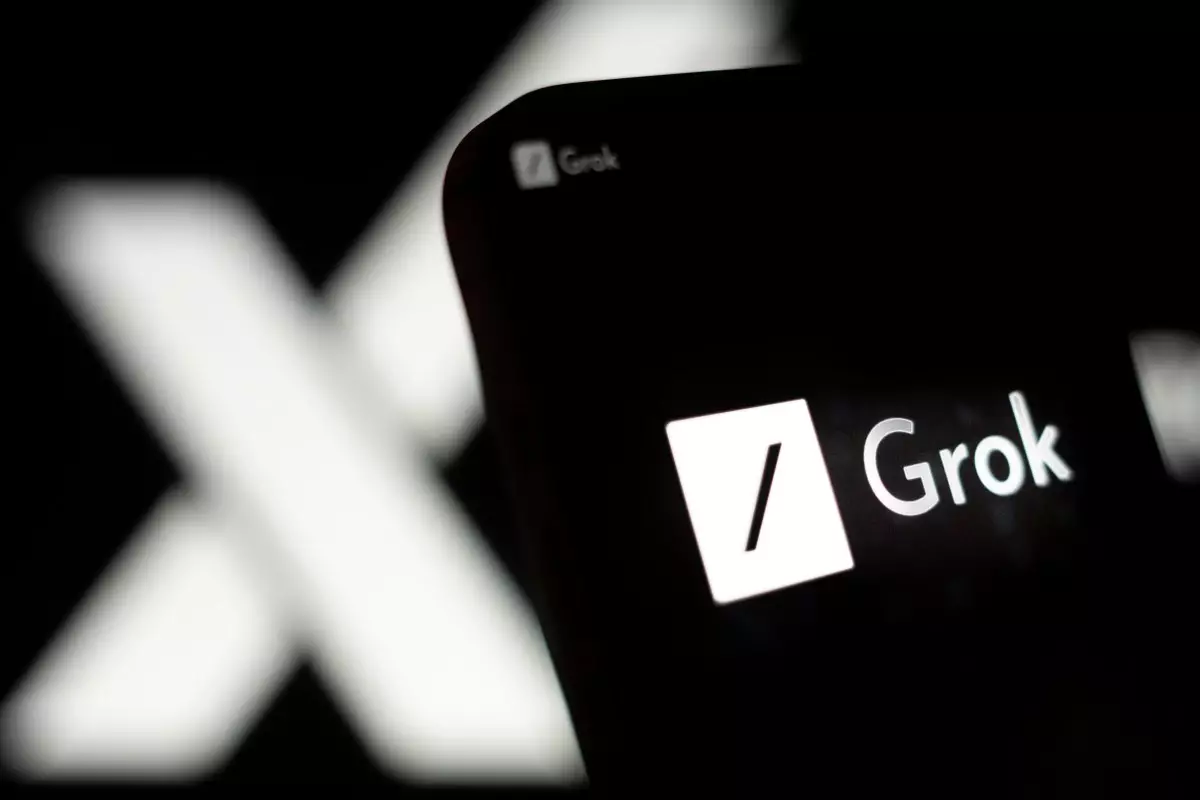In the ever-advancing landscape of artificial intelligence, Elon Musk’s xAI is making remarkable strides with its latest chatbot, Grok. As the competition among leading AI platforms intensifies, Grok’s latest innovations are designed to not just meet industry standards but to redefine user engagement through enhanced personalization capabilities. The introduction of Grok’s new memory feature illustrates this ambition, as it allows the bot to recall previous conversations and provide tailored responses that resonate more closely with individual users’ inquiries and preferences.
The Power of Memory in AI
Memory represents a significant leap in the functionality of AI chatbots, a crucial aspect that directly impacts user experience. Unlike conventional methods of interaction, where the bots treat each inquiry as a standalone event, Grok’s ability to remember past dialogues transforms how users engage with technology. With this feature, if a user asks for dinner suggestions, Grok can now interpret those requests with context that incorporates prior interactions, much like how a human being would. This innovation aligns Grok more closely with rivals such as ChatGPT, which has also updated their memory capabilities to enhance personalized feedback.
Transparency and User Control
Grok’s memory function does not merely focus on enhancing its operational efficiency; it prioritizes user autonomy and transparency. According to a statement from the Grok team, users have complete visibility over the memories that Grok retains, enabling them to understand the bot’s learning process. This transparency is crucial in building trust with users—a sentiment that is often overlooked in the tech industry. The ability to select what to remember or forget ensures that users are not just passive consumers but active participants in the AI’s learning process. This level of user control might just exceed the offerings of existing competitors, which have been known for opaque algorithms.
Challenges of Implementation**
Despite its promising features, the rollout of Grok’s memory function faces hurdles, particularly concerning user accessibility in regions such as the EU and U.K. With the complexities of data privacy laws in these territories, xAI’s approach to feature deployment must consider legal frameworks while attempting to roll out its innovative technology effectively. The beta-only release highlights both the eagerness of xAI to test user engagement and the significant stakes involved when integrating cutting-edge AI functionalities into daily life.
A Shift in User Interaction
The introduction of Grok’s memory feature could signify a paradigm shift in user interaction with AI. As our digital companions grow smarter, the expectation for personalized and contextual interactions will undoubtedly escalate. Grok’s new capabilities position it as a frontrunner in this shift, presenting distinctive possibilities for industries reliant on customer relationship management and personalized marketing. Users may find that their relationship with AI has evolved from mere tool usage to genuine companionship, enhancing the utility and relevance of the technology in everyday scenarios.
In a world that often downplays the emotional aspect of technology, Grok strives to cultivate connections that feel meaningful. This is not just about refining lines of code; it’s about enhancing human experience in every interaction.

